Cross Training For Runners
A large proportion of running injuries originate from the same basic source. Doing too much, too soon. For beginners this could be caused by too sudden an increase in mileage, or for the more experienced runner, simply by over-doing it. When following one of our training plans, it is important to remember that the joints, muscles, ligaments and tendons you rely on so much to run, need a break occasionally from the continued stress of repeated movement and so by mixing things up you allow the over-used parts of your body to recover and the under utilised parts to catch up.
From experience, it's good to think of cross-training not as a day of missed running, but as a key component of your training plan, just as important as the hill training sessions or high-intensity interval training. Rest days and time spent cross training allows your body to repair stronger than before.
Sometimes when you are in the training groove, it can be hard to take a step back; especially if you feel like you are making progress. Allowing for suitable rest and introducing cross training is imperative though in order to allow your body adequate time to rest and recover between the hard sessions.
Cross training for runners can also provide a great way of allowing you keep fresh mentally and alleviate the possibilities of groundhog-day training.
Even the most forgetful hamster will get a bit down about pedaling the same wheel eventually. It's good to spice things up a bit both mentally and physically.
The other great thing about cross-training is that there are so many options to choose from: swimming, cycling, and walking are all great choices, and if you have access to a gym you should be spoilt for choice such as low-impact gym classes, eliptical machines, rowing and stair machines.
Cross Training for Runners: Cycling/ Spinning
Cycling is a low-impact exercise that can help you build cardiovascular endurance and strengthen your leg muscles. It's also an excellent way to get outdoors and enjoy some fresh air.
Session #1: 20/40
For this you'll need a gear that will allow you to sprint above 95rpm for 20seconds at a time. Each set is ten minutes long. Start with 2-3 and see how you go.
- Sprint 20 seconds @ 95+rpm, active recovery 40 seconds @ below 95rpm
- Sprint 20 seconds @ 95+rpm, active recovery 40 seconds @ below 95rpm
- Sprint 20 seconds @ 95+rpm, active recovery 40 seconds @ below 95rpm
- Sprint 20 seconds @ 95+rpm, active recovery 40 seconds @ below 95rpm
- Sprint 20 seconds @ 95+rpm, active recovery 5 minutes 40 seconds @ below 95rpm
Session #2: Watt pain?
Find a flat road gear that you could push for an hour and remember your wattage. This value is hitherto referred to as X.
- 6 mins @ X wattage and then every 1 min increase your output by 5/10 watts.
- Recover for 4 mins.
- 5 mins @X+10 watts, then every minute increase output slightly (e.g., add 5 watts).
- Recover for 3 mins.
- 4 mins @X+20 watts, then every minute increase output slightly (e.g., add 5 watts).
- Recover for 2 mins.
- 3 mins @X+30 watts, then every min increase output slightly (e.g., add 5 watts).
- Recover for 2 mins.
- 2 mins @X+40 watts, then every min increase output slightly (e.g., add 5 watts).
- Recover 2 mins
- 1 min all out attack. @ maximum wattage you can muster for as long as possible.
*remember taking a gear usually adds more wattage than increasing your cadence. Take it up a notch if you are struggling to match the required wattage.
Session #2: The Leg Spinner
This one is great for working on your leg speed. It uses a low key so won't leave your legs feeling like lead the day after. Pick a low ish gear: something easy to push but that will allow you to sprint without your wobbly bits wobblying everywhere.
- 3 minutes @90 rpm
- 2 minutes @100 rpm
- 1 minute @110 rpm
- 30 seconds @115 rpm
- 15 seconds @120 rpm
- 15 seconds all out sprint
- 2 minutes standing, and ride easy to recover
- 15 seconds all out sprint
- 15 seconds @120 rpm
- 30 seconds @115 rpm
- 1 minute @110 rpm
- 2 minutes @100 rpm
- 2 minutes ride easy
Repeat 2 or 3 times.
Finish things off with a 10 minutes cool down @ 80 – 90 rpm
Cross Training for Runners: Swimming
Swimming is a great full-body workout that can improve your cardiovascular fitness, build upper body strength, and enhance your lung capacity. It's also a low-impact activity that can reduce the risk of injury.
Session #1: Pyramid Session
-
Warm-up with a 200m easy swim, 100m leg kick with float.
-
Pyramid: 50m, 100m, 150, 200m, 150m, 100m, 50m. All at easy to moderate effort. Rest 30-60 seconds between each.
-
Cool-down (200m to 300m easy swim)
You could tweak this to use lengths of the pool as well, e.g., 2, 4, 6, 8, 6, 4, 2.
Session #2: Odd, Even
-
Warm-up with a 300m easy swim, 100m leg kicking.
-
6 x 100: odd lengths are easy, evens lengths are hard effort. Rest 10 seconds after easy efforts, 20 seconds after hard.
-
Cool-down (200m to 300m easy swim).
Cross Training for Runners: Pilates/ Yoga
Both Pilates and Yoga can help improve flexibility, balance, and core strength, all of which are essential for runners. They can also help reduce stress and improve overall well-being.
Cross Training for Runners: Rowing
Rowing is a low-impact exercise that can help improve your cardiovascular fitness, build upper body strength, and improve your overall endurance. It's also an excellent way to cross-train for runners who want to reduce the risk of injury.
Session #1: Stead State Rowing
This drill involves rowing at a consistent pace and intensity for a certain duration of time, much like a steady-state run. To do this drill, set the resistance on the rowing machine to a moderate level and row at a comfortable pace for 20-30 minutes. This drill will help improve your cardiovascular endurance and build strength in your upper body and legs.
Session #2: Internal Rowing
Interval training involves alternating periods of high-intensity exercise with periods of rest or lower intensity exercise. This drill can be helpful for runners who want to improve their speed and endurance. To do this drill, warm up with a few minutes of steady-state rowing, then alternate between 30 seconds of all-out rowing and 30 seconds of rest or lower intensity rowing for 10-15 minutes. Repeat this cycle 3-4 times for a complete workout.
Session #3: Pyramid Rowing
Pyramid training involves gradually increasing and then decreasing the intensity or duration of an exercise. This drill can be a great way to challenge your endurance and build strength. To do this drill, start with a few minutes of steady-state rowing, then increase the intensity or resistance every 2 minutes until you reach a peak intensity. Then, gradually decrease the intensity or resistance every 2 minutes until you return to your starting level. Repeat this cycle 3-4 times for a complete workout.


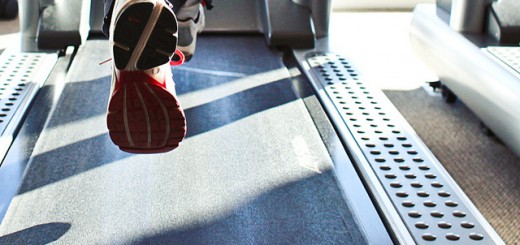



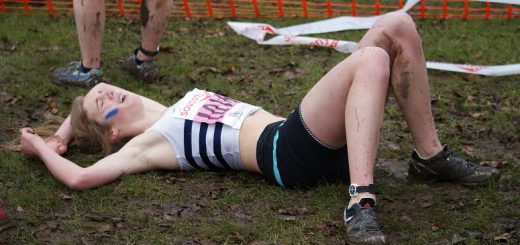
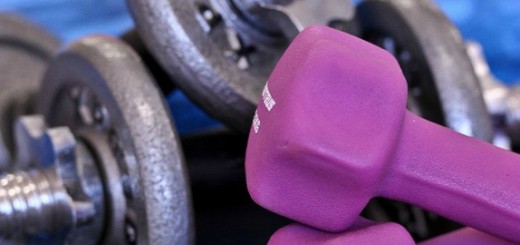
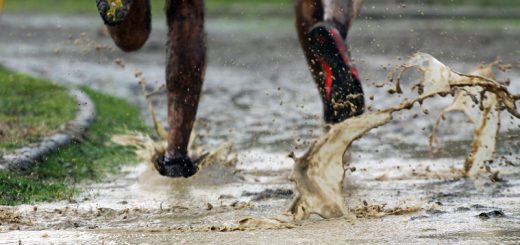
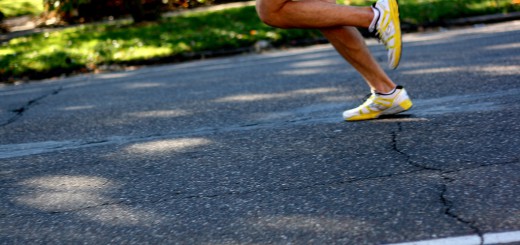

Hey
Thanks for this website! I finished last year your 5k under 20 and it really worked well for me. Now on 10k under 40.
Could you tell me your opinion on weight lifting as a cross training? I do squats, Dead lifts, press and Pull-ups currently. Basic movements.
Would it be OK to do these on a recumbent style stationary bike? Or do you need one with a seat you can get out of easily?
Hi Matt, yes you can adapt this to suit whatever you have access to. Cheers.
For these cycling sessions as cross training, should we do all three sessions in one day? Or is it just one of the sessions a day
Hi, I wouldn’t do them all in one go; they are planned as one per session.
Okay great thanks! Also, I am 16 years old on my school’s cross country team, and I was planning on using these training plans during the off seasons to improve my 5k time and prepare for next year’s xc season. I’m very anxious about my times, and only ever want to improve (though I have sadly only gotten slower since xc ended). My fastest 5k was 21:35 a few months ago at the peak of the xc season. Should following these training plans, one after the other (sub 24 min, then to sub 22 min, then to sub 20) be good for achieving a new pr for me before next season? And should I run a 5k as fast as possible at the end of each recovery week of the training plans to insure that I am reaching or surpassing the goal 5k for that training plan?
p.s. sorry for all the questions, I just want success 🙂
Thanks for the advice and encouragement. Good luck with your running. Good on you for helping others!
D
Hi Matt,
I have been following your programs for roughly 7 months. I had been making progress and improving times and now I’m not. I’m not injured, I’m not over training (I have tried taking breaks) and I’m feeling like giving up. I have even tried joining a local runners club to see if that helped. Instead of feeling motivated and inspired, I felt deflated when I couldn’t keep up and have lost confidence.
I feel as though I am putting in the work and running slower than ever before. I don’t understand what is happening and why I am not reaching those targets anymore. I have a race next week and have lost all desire. Is it possible that I have reached my best and thats it? Any advice?
Hi Laura,
Sorry to hear you have lost a bit of confidence and are feeling the way you do. I would recommend though that you don’t give up quite yet. Periods like what you have described are very common, it certainly resonates with me; I think I go through one or two of these periods a year where I just can’t seem to find my mojo, especially in the winter.
From what you describe, it sounds like you have done all the right things; not over trained, taken breaks and joined a running club. There’s probably not going to be a magic answer but if I can mention some of the things that have worked for me in the past when I’ve felt like this then hopefully it might give you some food for thought:
1. Forget about the training plans for a bit. Concentrate on just enjoying your running, no Garmin, no pressure.
2. Vary your running routes.
3. If you run with music, change your tunes.
4. If you don’t do it already, try cross-country. There’s something terribly uplifting about running through nature and getting muddy.
5. Get some new gear.
6. Sign up for a fun, quirky event that you wouldn’t normally do. I usually do up half marathon distances but entered a 20 odd miler cross country once which was just about getting round: loved it.
7. If feasible take up and improve at another sport/event, e.g., I went through a phase of rowing for a month or two which helped me get my appetite for training back.
One thing is for sure, you definitely have not reached your best yet. You have perhaps just plateaued and we just need to change something in order to move forward again.
Best of luck,
Matt
Which exercises do daily for 5k & 10k…? Please reply sir…..